Beautiful Lahore is a city of history and cultures. It is famous for lots of things and among these, the historical places in Lahore hold great importance.
People from all over the world come to visit fascinating sights which are the masterpieces of historical culture and architecture. Let us now have a look at the most popular historical places in Lahore.
This Fort is situated in the northern end of Lahore city and spreads over 20 hectares. It contains 21 outstanding landmarks, some of which were from Akbar Emperor. This historical place was revamped in the 17th century when the Mughal Empire was at the peak of their opulence.
The establishment of the Lahore Fort was started in 1566, during the rule of Emperor Akbar. Who gave it a beautiful style, he used both Islamic and Hindu motifs. Shah Jahan’s tomb is highlighted by rich marble with Persian flower designs. The stupendous and famous Alamgiri Gate was built by the Mughal Emperors. Lahore Fort was used as the home of Emperor Ranjit Singh, after the rise of the Maratha Empire the originator of the Sikh Empire.
The Badshahi Mosque was built during the Mughal period in Lahore. The mosque is situated on the west of Fort along the edges of the Walled City of Lahore. It is broadly viewed as a standout amongst Lahore’s most notorious landmarks. The Badshahi Mosque was authorized by Emperor Aurangzeb in 1671, the development of mosque was going on for a long time until 1673. The mosque is a significant case of Mughal design, with an outside red sandstone with marble trim. It is still the excellent majestic mosques of the Mughal-period and also the second-biggest mosque in Pakistan. The mosque is presently a standout amongst Pakistan’s most notable sights.
The Shalimar Gardens mostly spelled as Shalamar Gardens. It is a Mughal garden which is situated in Lahore or considers as a famous historical place in Lahore. The greenhouses date from the period when the Mughal Empire was at its aesthetic and stylish zenith, and are currently a standout amongst Pakistan’s most prevalent vacationer goals.
Construction of the plant enclosures started in 1641 during the reign of Emperor Shah Jahan and was finished in 1642. According to Hari Ram Gupta, “Diwan Amar Nath says that Ranjit Singh in 1804 changed its name to Shahla Bagh”. The Ram Bagh worked by Rai Pandat Kabardian and crushed after 1947 would be classified “New Shahla Bagh”. However, in 1806 Maharaja requested the Shalamar Gardens to be repaired.
Minar-e-Pakistan is a national landmark and is one of the most popular historical places in Pakistan. A site where All-India Muslim League were passed on 23rd March 1940 in Lahore Resolution.
The base of Minar-e-Pakistan is around 8 meters over the ground. The pinnacle ascends around 62 meters on the base; it stands at a complete height of around 70 meters over the ground. The distance across this famous tower is about 9.75 meters. The platform is a masterpiece of designed tiles and faces the Badshahi Mosque. The base includes four stages, in the first stage, the work was done with whole stones from Taxila, in second stage mallet dressed stones were used, while the third stage is of etched stones, cleaned white marble at the fourth and last stage delineates the accomplishment of the Pakistan Movement.
The tomb of Begum Sharf-un-Nisa, also known as Saru Wala Maqbara. It is one of the beautiful historic places in Lahore which were built in 1745. Saru is a name of a cypress tree in Urdu and these lines written in cypress trees can be seen easily on the tiles of the tomb. It is situated in the Begumpura in the region of Lahore. It was specially designed in 1975 for the sister of Nawab Zakariya Khan.
The above-mentioned historical places in Lahore are must-visit spots and take individuals to the early times of Lahore.

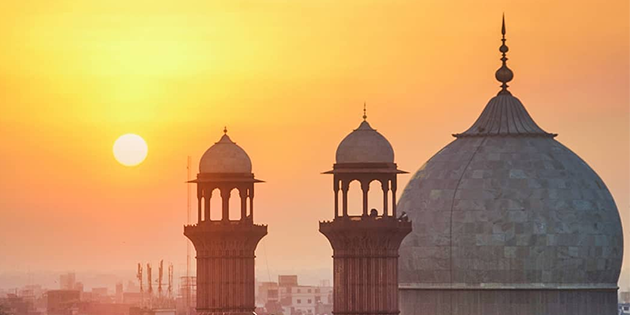





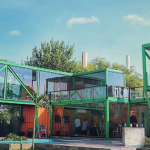
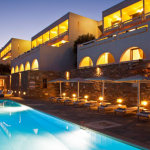

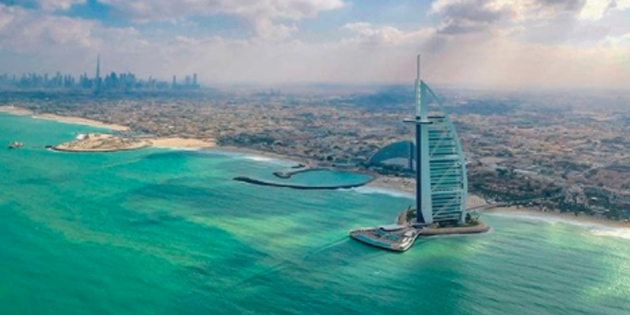
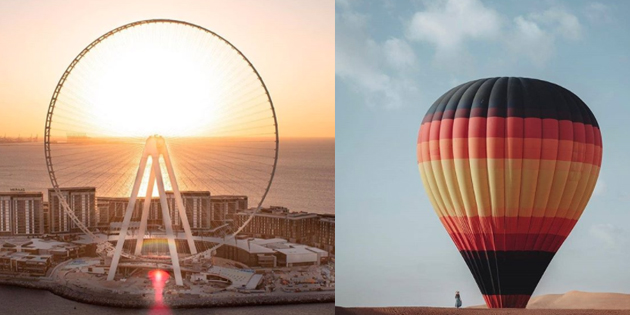
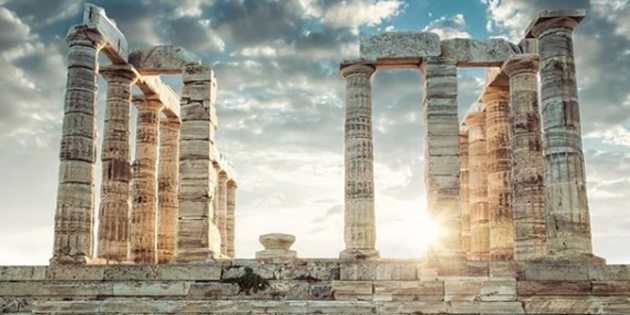

Leave a Reply